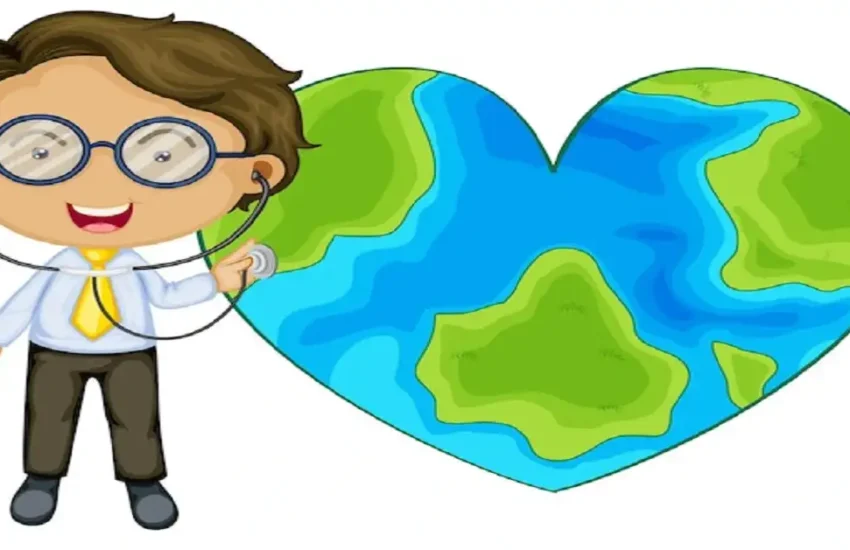Carinho: mkjr8663pke= boa noite
In our increasingly digital world, unique codes and phrases often pop up in our communication, leaving many of us scratching our heads. One such intriguing phrase is “carinho: mkjr8663pke= boa noite.” What does it mean? How do we decode it? Let’s dive in and uncover the layers behind this fascinating combination of words and code.
Understanding Carinho
“Carinho” is a Portuguese word that translates to “affection” or “care” in English. It’s a term deeply rooted in the culture, often used to express warmth and love. In Brazil, “carinho” is not just a word but a way of life. It’s expressed through small gestures, kind words, and caring actions that make people feel valued and loved.
The Meaning of “Boa Noite”
“Boa noite” is a common Portuguese phrase meaning “good night.” It’s a polite and affectionate way to wish someone a peaceful night. In Portuguese-speaking countries like Brazil and Portugal, it’s used daily as a part of evening and nighttime interactions.
Decoding mkjr8663pke
Now, let’s tackle the code “mkjr8663pke.” Alphanumeric codes like this can seem perplexing, but they often have a specific purpose or meaning. They might be personal identifiers, unique message codes, or even playful elements added for fun. Without more context, it’s challenging to pin down an exact meaning, but we can explore possible interpretations.
Combining the Elements
When we combine “carinho,” “mkjr8663pke,” and “boa noite,” we get a phrase that could translate to a coded affectionate message wishing someone a good night. The “carinho” sets a tone of affection, “boa noite” provides the context of the message, and “mkjr8663pke” might be a unique code identifying the sender, recipient, or a specific sentiment.
Cultural Context
In Brazilian culture, expressing “carinho” is integral to daily life. Whether it’s through words, hugs, or acts of kindness, showing care is essential. Saying “boa noite” with “carinho” adds an extra layer of warmth to the evening farewell, making it more personal and heartfelt.
Digital Communication and Codes
With the rise of digital communication, alphanumeric codes have become commonplace. These codes can serve various purposes, from identifying users to encrypting messages for privacy. In personal messages, they might represent inside jokes, shared secrets, or simply a way to stand out in a sea of text.
Expressing Affection Online
Digital platforms offer numerous ways to express “carinho.” Emojis, GIFs, and codes are all part of the modern language of affection. A message like “carinho: mkjr8663pke= boa noite” could be a creative way to say goodnight with a personal touch, combining traditional language with modern digital elements.
The Role of Language in Digital Age
Language is constantly evolving, and technology accelerates this change. We blend traditional words with modern codes to create new forms of communication. This evolution makes our interactions more dynamic and expressive, though it sometimes requires a bit of decoding.
Interpreting Personal Messages
Decoding personal messages often depends on context. Knowing the relationship between the sender and receiver, their shared experiences, and their unique ways of communicating can provide clues to the meaning behind coded phrases. Context is key to understanding and appreciating these messages fully.
Globalization and Language Exchange
Globalization has led to an exchange of languages and phrases across cultures. We borrow words, adopt new expressions, and integrate them into our daily communication. This exchange enriches our language and helps bridge cultural gaps, making our interactions more inclusive and diverse.
The Impact of Emojis and Codes
Emojis and codes have revolutionized how we communicate. They add emotions, clarify intentions, and make messages more engaging. By combining words with symbols, we create richer, more nuanced communications that can convey complex sentiments quickly and effectively.
Challenges in Decoding Messages
Understanding coded messages can be challenging, especially without context. Misinterpretations are common, but paying attention to the sender’s usual communication style and any shared references can help. Effective communication often requires patience and a bit of detective work.
Future of Digital Communication
The future of digital communication is likely to see even more integration of codes, symbols, and new forms of expression. As technology advances, our ways of interacting will continue to evolve, becoming more personalized and immersive. The key will be maintaining clarity and connection amid these changes.
Conclusion
“Carinho: mkjr8663pke= boa noite” exemplifies how modern communication blends traditional language with digital innovation. By understanding the cultural significance of “carinho” and “boa noite,” and considering the role of codes like “mkjr8663pke,” we can appreciate the richness of this message. As digital communication evolves, embracing these elements will enhance our connections and enrich our interactions.


